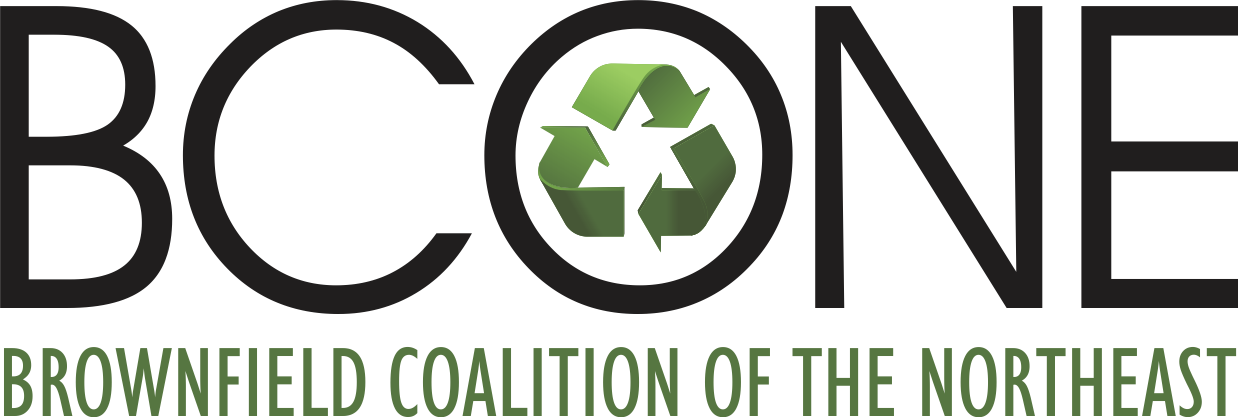by Tony Finding,CHMM, Brownfield Science & Technology, Inc. (BSTI)
When your in-situ environmental remediation system goes live, it might feel like the hard part is over. The installation is complete, the contractors have cleared out, and regulators are off your back. But a quiet site doesn't mean it's time to take your eye off the ball—especially when it comes to operations and maintenance (O&M) costs.
Based on over three decades of designing, building, and operating remediation systems, here are ten professional strategies to ensure your O&M dollars are working hard—every year of your project.
1. Know Your Endgame Before You Start
Don't just focus on cleaning up contamination—consider whether you need to clean it up at all. Regulatory endpoints based on risk assessments can allow for scaled-back remediation if human or environmental risks are minimal. Even with an active system, a fresh look at your endpoints might reveal you're closer to closure than you think.
2. Design with O&M in Mind
System designers often over-engineer for peak contamination. But as mass removal rates decline, you're left operating an oversized system at full cost. Request cost projections for both early and steady-state phases, and push for lifecycle budgeting that highlights long-term expenses. Design choices—like centralized monitoring points—can significantly reduce site time and improve data quality.
3. Use the Right Tool for the Right Job
Remediation often starts with aggressive “hammer” solutions. But as contaminant levels drop, those systems can become excessive and inefficient. Adaptive site management lets you switch to more targeted “Q-tip” solutions later on, potentially saving thousands without compromising outcomes.
4. Choose Skilled Operators, Not Just Warm Bodies
An experienced system operator does more than read meters—they monitor trends, anticipate problems, and fine-tune performance. If your system experiences frequent downtime or surprise repair costs, you might have a “meter reader” instead of a true O&M professional.
5. Beware of the “Lowest Cost” Trap
Competitive bidding can drive down hourly rates, but if each new contractor delivers diminishing returns, the long-term cost may be higher. Operators who lack incentive to close out a site might prolong a project indefinitely. Invest in quality service, not just low rates.
6. Follow the Money: Understand Your Spending
Dissect your budget. Are your dollars going to energy-hungry systems with minimal output? Are you collecting redundant data? Is fouling causing frequent failures? Understanding cost drivers helps you prioritize solutions and streamline your program.
7. Match Technology to the Phase
Early on, robust renewable technologies (like thermal oxidizers or soil vapor extraction) are efficient. But as contaminant levels drop, consumables like activated carbon might be cheaper. The key is knowing when to switch. A good operator can help optimize timing based on treatment cost per mass removed.
8. Embrace Telemetry and Remote Monitoring
Simple telemetry systems offer huge savings. They alert you to faults in real time and reduce the need for routine site visits. They also allow techs to show up prepared, cutting down on costly return trips. Smart monitoring prevents unnoticed downtime—days, even weeks—that delay progress and inflate costs.
9. Don’t Get Distracted by “Bells and Whistles”
Not every automation is worth the price tag. While some features are essential (like remote valve control for high-risk sites), others add cost without value—and sometimes even create new maintenance burdens. Evaluate your system needs critically to avoid over-engineering.
10. Schedule Annual Optimization Reviews
No system performs exactly as designed. Conditions change—water tables shift, surface cover alters, infrastructure evolves. An annual review with your operator ensures you adapt to these changes. It’s a powerful opportunity to reassess system performance and capture savings year over year.
The Author:

| Tony Finding, CHMM, serves as Vice President and Director of Remediation Technologies at Brownfield Science & Technology, Inc. (BSTI). With over 25 years of experience in environmental consulting, Tony is a Certified Hazardous Materials Manager and a leading expert in environmental remediation system design, implementation, and optimization. He has directed the successful completion of more than 300 remedial projects across the Mid-Atlantic region, bringing deep expertise in technologies such as in-situ chemical oxidation, bioremediation, and advanced groundwater treatment. Tony is also a recognized leader in the assessment and remediation of PFAS and other emerging contaminants, and has contributed to national technical guidance through the Interstate Technology and Regulatory Council (ITRC). Contact: Tony Finding, V.P., Director of Remediation Technologies Email: tfinding@bstiweb.com Phone: (610) 593-5500 Website: www.bstiweb.com |

